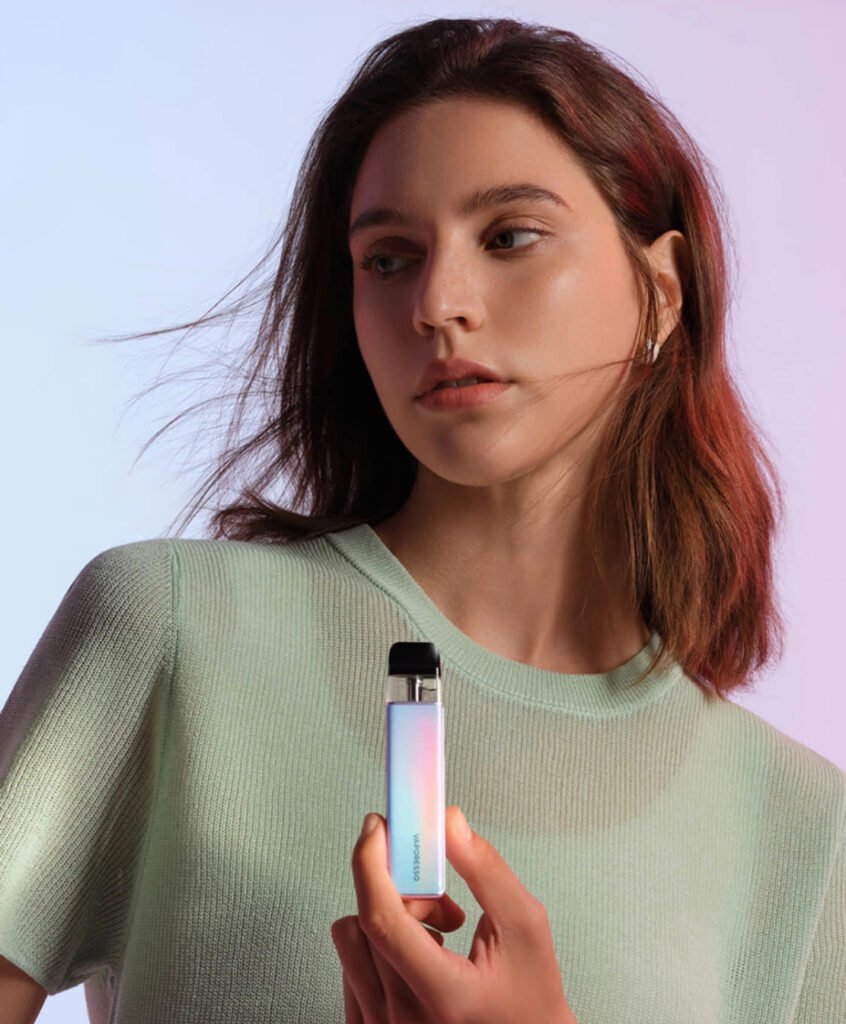Uncategorized
Vaping and Lifestyle: How It’s Changing Social Norms
In recent years, vaping has evolved from a smoking alternative to a cultural phenomenon, reshaping social norms and influencing modern lifestyles. As we move deeper into 2025, the vaping culture continues to grow, blending technology, social interaction, and personal choice into a unique subculture. This article explores how vaping is transforming social dynamics, fostering new communities, and driving lifestyle changes with vaping at the forefront.
The Rise of Vaping Culture in 2025
Vaping is no longer just about nicotine consumption—it’s a statement, a hobby, and for many, a way of life. The vaping culture in 2025 is defined by innovation, customization, and social connectivity. With sleek, high-tech devices and an endless variety of e-liquid flavors, vaping has become a personalized experience that appeals to a broad audience.
Unlike traditional smoking, which was often stigmatized, vaping has carved out a space where users bond over device modifications, flavor reviews, and cloud-chasing tricks. Social media platforms like TikTok and Instagram have amplified this culture, turning vapers into influencers who shape trends and normalize vaping in everyday life.
Social Aspects of Vaping: Building Connections
One of the most significant lifestyle changes with vaping is how it fosters social interaction. Vape shops have transformed into hangout spots where enthusiasts exchange tips, try new flavors, and participate in vaping competitions. Unlike the solitary nature of smoking, vaping encourages group participation, making it a shared experience rather than an isolated habit.
In social settings, vaping has also altered etiquette. Many bars, clubs, and even workplaces now accommodate vaping with designated areas, recognizing it as a more socially acceptable alternative to smoking. This shift reflects broader acceptance and integration of vaping into mainstream culture.
Vaping in Social Settings: A New Norm
Gone are the days when smokers huddled outside in the cold—vapers now enjoy their devices in more inclusive environments. The social aspects of vaping have led to vape-friendly events, where people gather to discuss the latest mods, flavors, and industry news. Music festivals, lounges, and even some restaurants now cater to vapers, reinforcing its place in modern socialization.
However, debates around vaping etiquette persist. While some view it as a harmless activity, others raise concerns about secondhand vapor and public usage. Despite this, the trend toward normalization continues, with many seeing vaping as a cleaner, more considerate alternative to smoking.
Lifestyle Changes with Vaping: Health, Hobbies, and Habits
For many, adopting vaping has led to significant lifestyle changes with vaping replacing smoking rituals. Former smokers report improved senses of taste and smell, better physical endurance, and reduced social stigma. Beyond health, vaping has also become a hobby—enthusiasts invest in custom mods, DIY e-liquids, and even attend vaping expos.
The rise of nicotine salts and low-wattage pod systems has also made vaping more discreet, appealing to professionals who want a smoke-free alternative without drawing attention. This shift highlights how vaping adapts to different lifestyles, from cloud chasers to those seeking a subtle nicotine fix.
The Community Around Vaping: More Than Just a Trend
What truly sets vaping apart is its strong sense of community. Online forums, local meetups, and advocacy groups bring vapers together, creating a support network that extends beyond just product discussions. The community around vaping actively fights misinformation, promotes harm reduction, and pushes for fair regulations.
Brands have tapped into this camaraderie by sponsoring events, creating loyalty programs, and engaging directly with consumers. This level of interaction strengthens the bond between companies and users, making vaping more than just a habit—it’s a shared identity.
FAQs About Vaping and Lifestyle
1. Is vaping more socially acceptable than smoking in 2025?
Yes, vaping is generally viewed more favorably than smoking due to reduced odor, fewer health concerns, and its modern, tech-savvy image.
2. How has vaping changed social interactions?
Vaping has created new social spaces, from vape lounges to online communities, where people connect over shared interests.
3. Can vaping be part of a healthy lifestyle?
While not risk-free, many ex-smokers find vaping a less harmful alternative, contributing to better respiratory health and social well-being.
4. What are the latest trends in vaping culture?
In 2025, trends include nicotine salt pouches, ultra-portable devices, and flavor customization through AI-driven e-liquid recommendations.
Conclusion
Vaping is more than a habit—it’s a lifestyle movement that’s redefining social norms. From fostering tight-knit communities to influencing public spaces, the vaping culture in 2025 continues to evolve. As society adapts, the lifestyle changes with vaping highlight its role as both a personal choice and a collective experience. Whether you’re a casual vaper or an enthusiast, one thing is clear: vaping is here to stay, and its impact on social dynamics is undeniable.

